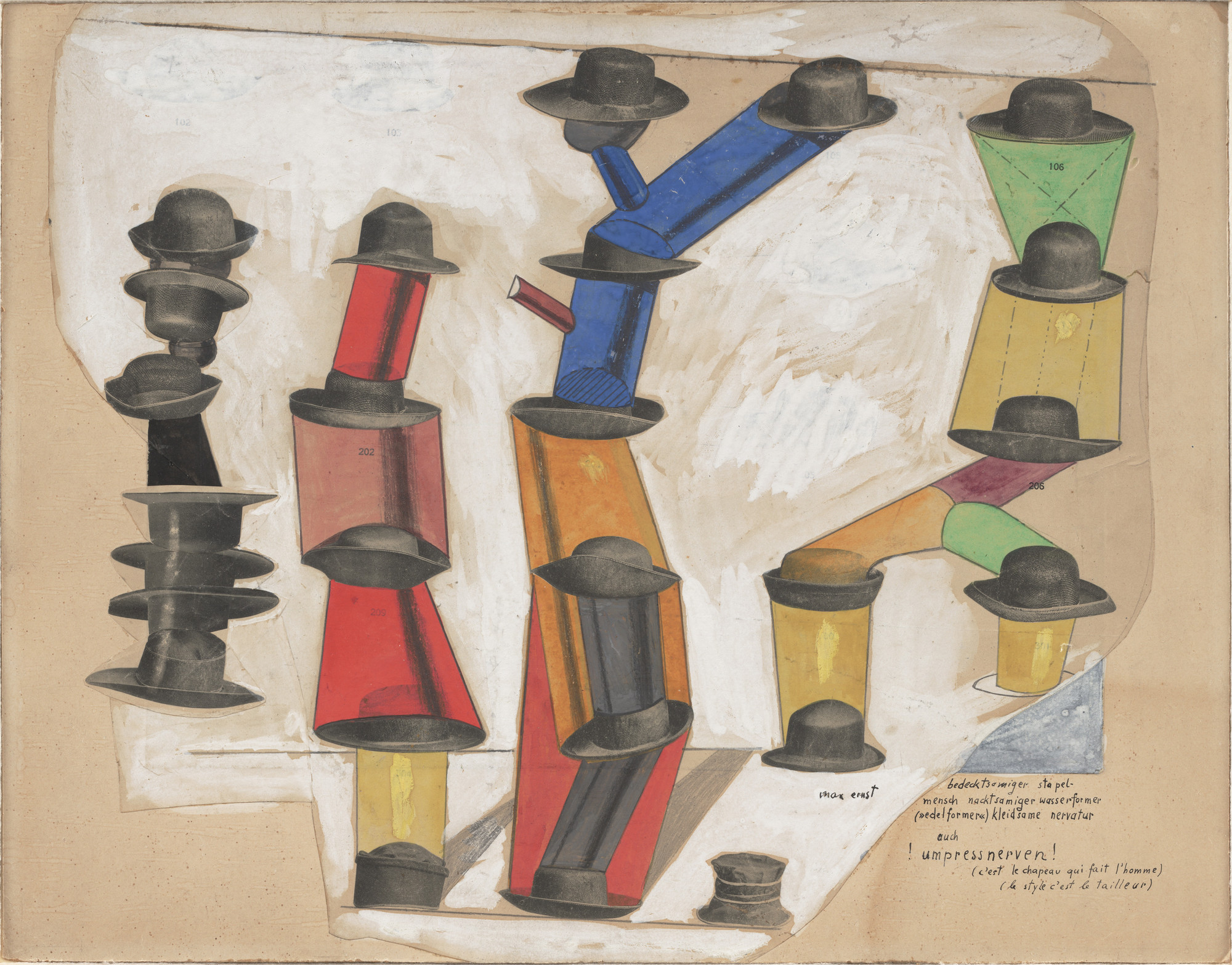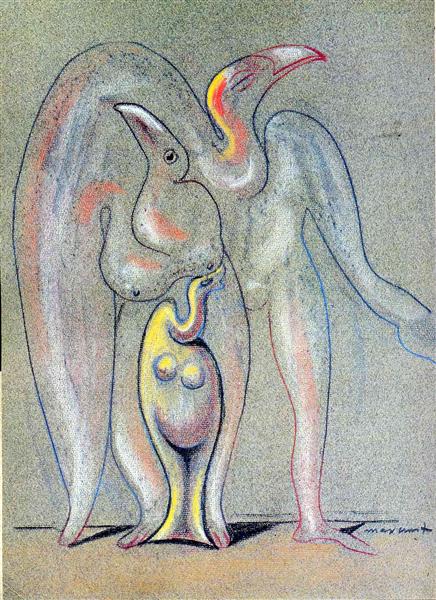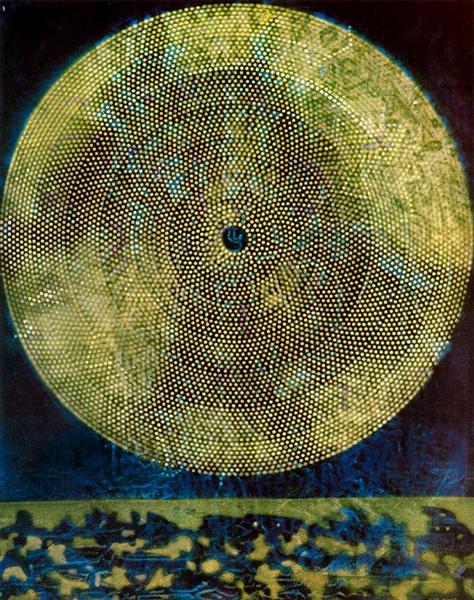Max Ernst (1891-1976) was a German painter and sculptor, contributing to both the Dada and Surrealist movement. His works were dream-like, humorous and favored poetic expression over plastic form. He attended the University of Bonn and is educated in literature, philosophy, and psychology. His academic background contributed to the evolution of the Surrealist ideology. As an artist, his approach was to challenge social norms and tradition by being experimental. Throughout both WW1 and WW2 he has managed to keep inventing new techniques and ideas in his work.

I remember I was in the school library in grade 10 and I saw a book on the shelf titled “Dada”. I’ve never heard of Dada before but I thought it was funny so I checked it out. This piece was included in the book and it stuck out to me. I didn’t know the meaning behind all these hats, and looking back at it now, I still don’t know. But apparently Ernst is challenging gender roles as these are women’s hats and he is juxtaposing the term “the hat makes the man”.

This is one of Ernst’s collages, criticizing the misuse of technology and the horrors of aerial warfare during World War 1. This is especially personal to him because he served during the war. I like how the only human aspects of the collage are colored, leaving the airplane in an ominous black and white. Ernst titling it the “Murdering Airplane” is interesting because murder is a human on human crime. Airplanes can certainly kill, but have no ability to murder. Ernst is commenting on the relationship between man and machine, and how technology is essentially an extension humans.

I wonder what baby Jesus did to make his mama beat him like that. This is definitely a different interpretation of the Virgin and child compared to the one’s I’ve seen before. I like the weird angle and distortion of Mary’s striking arm. But it’s that same quirky detail in her arm that I wished Ernst would’ve added in her feet because they appear too dull. Still a funny painting though.

I’m unsure of what these animals are supposed to be. The breasts are what’s throwing me off… Why do these bird creatures have human boobs? What I do like about it is the simplicity of the line work and how it transitions into different colours. The bits in yellows are also very pretty. The little and big creature look serene, but the one in the middle has it’s eye wide open. I wonder why she’s not sleeping peacefully with her other friends. Or maybe this is a three headed monster and she’s the one on watch.

Ernst did this piece in oil the same year as the moon landing, representing his fascination with new spheres in the universe. I love the dark blue colours and the repetition with the circular shapes. This piece is vibrant but also conveys feelings of contemplation.
Sources:
https://www.moma.org/collection/works/35478
https://search-credoreference-com.ezproxy.capilanou.ca/content/topic/ernst_max_1891_1976